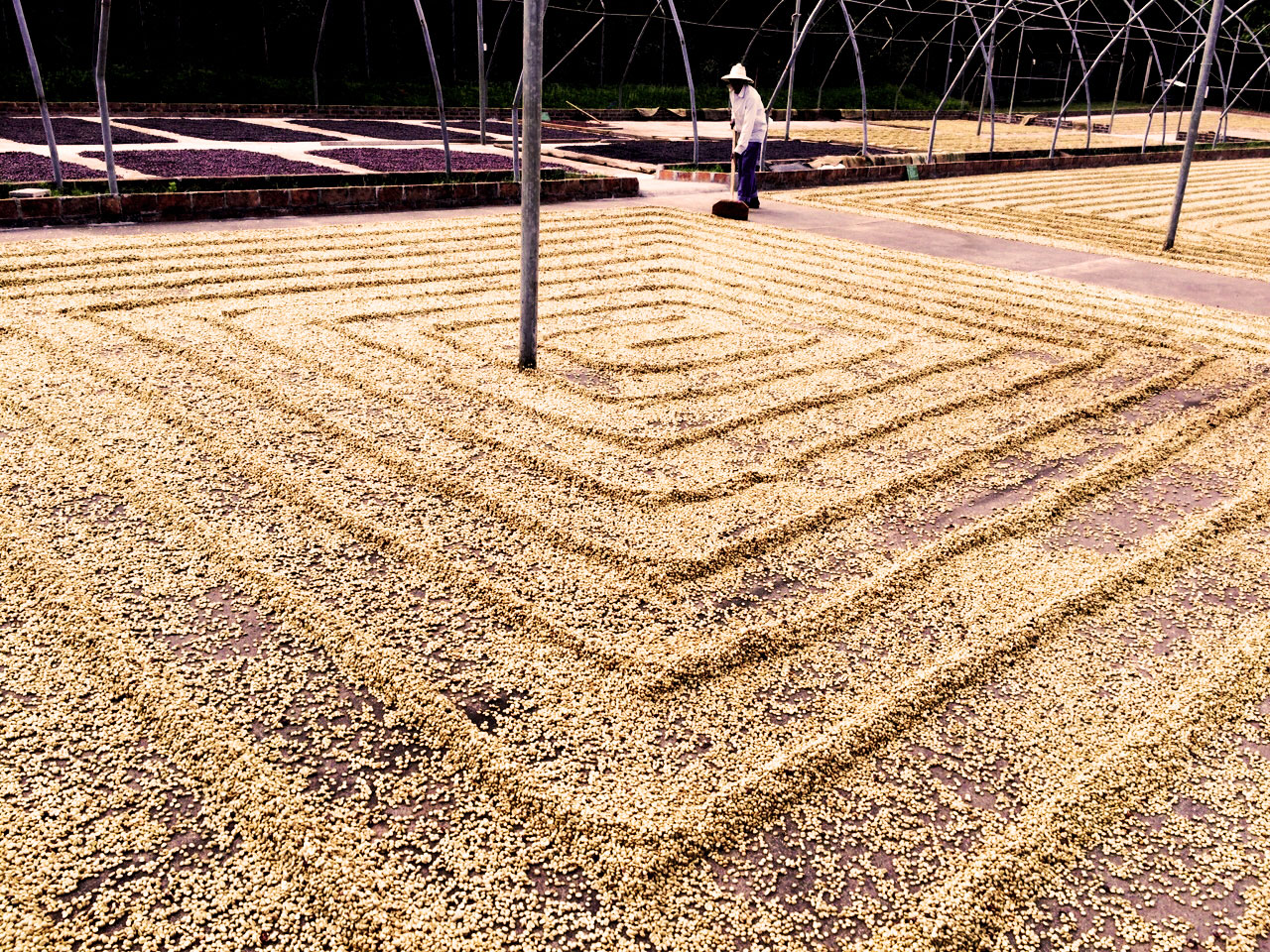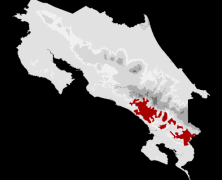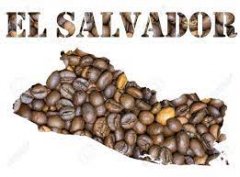The processing method of El Salvador coffee beans the black honey of Lemus Manor in El Salvador treats the coffee style.
As we all know, there are many ways to handle coffee, and the flavor brought by each treatment is different. today we mainly take a look at the coffee beans that El Salvador offers three treatments.
In El Salvador (and most of Central America), wet mills use mechanical pulpers such as Jotagallo or Ecopulper. These machines first remove the skin and flesh. The second optional step is to remove the mucus mechanically by rotating quickly. This removes 80-90% of the mucus from the parchment and leaves the rest on the parchment during drying. This is a standard washing process.
Soaking and double soaking Soaked and double soaked
Much of El Salvador's coffee is soaked, which means they add an extra step of soaking in clean water overnight to remove any remaining mucus. There are many reasons for increasing this process, including transparent cup contours and more uniform drying to extend shelf life.
The latest experimental process is called double immersion. It will retain all the mucus (skip the spinning step), then ferment the coffee under water overnight, rinse with clean water, and then soak for another 10 hours. This is similar to the traditional practice of Ethiopian coffee. So far, the results have been very good!
Honey Honeys
We now produce more honey coffee from El Salvador than ever before. The manufacturer keeps all the mucus on the beans (whole honey), most of which is dried on an elevated bed. Some are dried on beds and terraces in the shade.
Most of the Salvadoran coffee on the front street is treated with honey, especially the black honey treatment in Chateau Limes, which has the flavor of citrus berries and has the flavor of cocoa without bitterness.
Natural Naturals

As for nature, it is mostly dried on raised beds in the sun. Some plots dry on beds and terraces in the shade.
Drying Drying
Drying is traditionally done on concrete or clay terraces. But many producers are also starting to dry coffee on drying beds. According to the altitude, the temperature will be different and the drying time will be different. But this can also be managed by piling up cherry layers on the bed. Many Central American coffees deteriorate rapidly and taste old even within six months of harvest. This has a lot to do with drying, if you don't realize that coffee can dry within 2-4 days. El Salvador conducted a great deal of dialogue and conducted many experiments to increase the drying time. In most cases, it can be layered to adjust and cover the middle of the parchment to rest and achieve more uniform drying, which contributes to aging and cup shape.

Important Notice :
前街咖啡 FrontStreet Coffee has moved to new addredd:
FrontStreet Coffee Address: 315,Donghua East Road,GuangZhou
Tel:020 38364473
- Prev

Story of Coffee planting in Brenka region of Costa Rica Stonehenge Manor anaerobic heavy honey treatment of flavor mouth
Blueberries from Stonehenge Manor in Costa Rica have always been one of my favorite beans. Blueberry fudge with the fresh and special flavor of mint in the end of the fermented wine is what I think is a must for summer coffee beans. After all, which part of Stonehenge is in Costa Rica? Why does he have such a clear flavor? Today is big.
- Next

History of the coffee industry in El Salvador History of coffee growing in El Salvador
Warm, cool climates, hard working days and high-quality coffee beans are part of the elements surrounding the national coffee-growing world that are now being transferred to the new Salvadoran café brand launched by the Salvadoran government. Through the Ministry of Agriculture and Livestock (MAG) and the Salvadoran Coffee Council (CSC). Caf de El Salvador
Related
- Detailed explanation of Jadeite planting Land in Panamanian Jadeite Manor introduction to the grading system of Jadeite competitive bidding, Red bid, Green bid and Rose Summer
- Story of Coffee planting in Brenka region of Costa Rica Stonehenge Manor anaerobic heavy honey treatment of flavor mouth
- What's on the barrel of Blue Mountain Coffee beans?
- Can American coffee also pull flowers? How to use hot American style to pull out a good-looking pattern?
- Can you make a cold extract with coffee beans? What is the right proportion for cold-extracted coffee formula?
- Indonesian PWN Gold Mandrine Coffee Origin Features Flavor How to Chong? Mandolin coffee is American.
- A brief introduction to the flavor characteristics of Brazilian yellow bourbon coffee beans
- What is the effect of different water quality on the flavor of cold-extracted coffee? What kind of water is best for brewing coffee?
- Why do you think of Rose Summer whenever you mention Panamanian coffee?
- Introduction to the characteristics of authentic blue mountain coffee bean producing areas? What is the CIB Coffee Authority in Jamaica?

